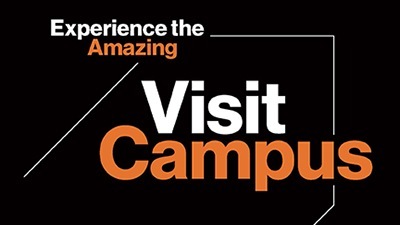
Leisa Boling
Assistant Professor, ASL and Interpreting Education
Department of ASL and Interpreting Education
National Technical Institute for the Deaf
Leisa Boling
Assistant Professor, ASL and Interpreting Education
Department of ASL and Interpreting Education
National Technical Institute for the Deaf
Education
AAS, BFA, MS, Rochester Institute of Technology
Select Scholarship
Invited Keynote/Presentation
Boling, L., et al. "A New Frontier: American Sign Language e-Curriculum (Poster)." Conference Council of American Instructors of the Deaf Conference (CAID). National Technical Institue of the Deaf. Rochester, NY. 24-28 Jun. 2013. Conference Presentation.
Boling, L., et al. "To Meet the Demands of a New Age: Innovative ASL e-Curriculum." Conference 2013 American Sign Language Teacher Association's 7th Biennial Professional Development Conference. ASLTA. Charlotte, NC. 2-7 Jul. 2013. Conference Presentation.
Currently Teaching
INTP-125
American Sign Language II
4 Credits
In this course, students will develop ASL receptive and expressive skills needed to converse about familiar topics using series of discrete sentences. At the end of the semester, students will achieve effective communication by using vocabulary, grammar, and cultural protocols at a Novice-High level as defined by the American Council on the Teaching of Foreign Languages. Activities include delivering monologues and lab exercises that provide extensive hands-on practice using a variety of media. Students are expected to engage with members of the Deaf community in order to learn about Deaf co-culture in the United States.
MLAS-202
Beginning American Sign Language II
4 Credits
This course expands the basic principles presented in ASL I. ASL II teaches students to use linguistics features, cultural protocols and core vocabulary to function in basic ASL conversations that include ASL grammar for giving directions, describing, making request, talking about family, occupations and routines, and attributing qualities to others.
MLAS-301
Intermediate American Sign Language I
3 Credits
This course builds upon information taught in Beginning ASL I and II and introduces expanded grammatical features of ASL and specialized vocabulary, while continuing to increase fingerspelling and numbers receptive and expressive skills. In addition, some basic features of ASL discourse are taught in organizing and explaining contextual information.
NASL-200
NTID American Sign Language II
4 Credits
Students will develop receptive and expressive skills needed to converse about familiar topics using a series of discrete sentences. Students will learn vocabulary, grammar, and cultural protocols for communicating at a Novice-Mid to Novice-High ASL level as defined by the American Council on the Teaching of Foreign Languages.




